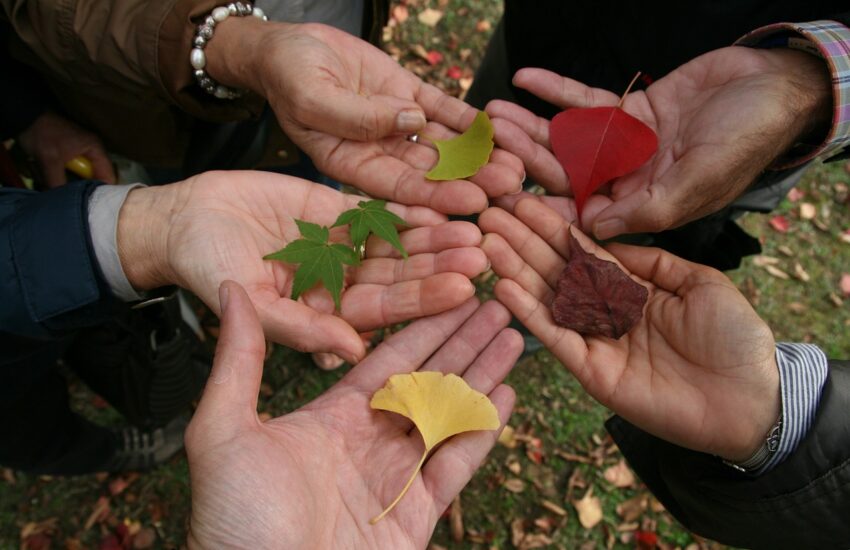Below are the answers to the last 3 research questions we presented in our October 14 blog post. This is a continuation of the October 21 answers, so we are numbering the questions in further order.
The answer to the third question, how competencies were distributed in the research team according to seniority, can be described as follows. The results were consistent with the answer to the question of how the average competency gaps of team members are distributed across job groups. Employees with the least experience (up to 10 years of seniority) and those with the most experience (more than 30 years of service) had average competence gaps of -0.24 (6%) and -0.50 (12.5%), respectively. In contrast, employees with seniority between 21 and 30 years had a positive competency gap, exceeding the established competency benchmark by 5.5%.
The next research question asked how the competency gaps developed in the surveyed team depending on the respondent’s preferred research process. The largest competency gap was with the sourcing employee – as much as -0.55, or 13.75%. This may be a weakness of the surveyed team as a whole. In terms of the other research processes, the gaps are negligibly small. This can be interpreted as the fact that the competencies of the research team members are matched to the requirements of these research processes.
The fifth research question asked how the competency gap was shaped in the context of employees’ self-assessments to other academics in the discipline. Only those evaluating themselves as scientific workers above the average in their discipline had an average competency gap score of 0.32, 8% better than that assumed in the model competency profiles. The rest of the team, especially those rating themselves as below or at the average level, actually had slightly lower competencies than assumed in the benchmark – -0.41 and -0.42, respectively.
Summarizing the description of competency gaps in the studied diverse research team, it can be said that from the point of view of the competencies of its members, the structure of this team was not quite right. Despite the fact that the team contained roughly equally formally the least, medium and most experienced employees, the structure of this team could be slightly modified to include individuals who have higher competencies in, for example, grant acquisition, and to reflect on the fact that both assistant professors and professors had, on average, lower competencies than those defined as exemplary.

